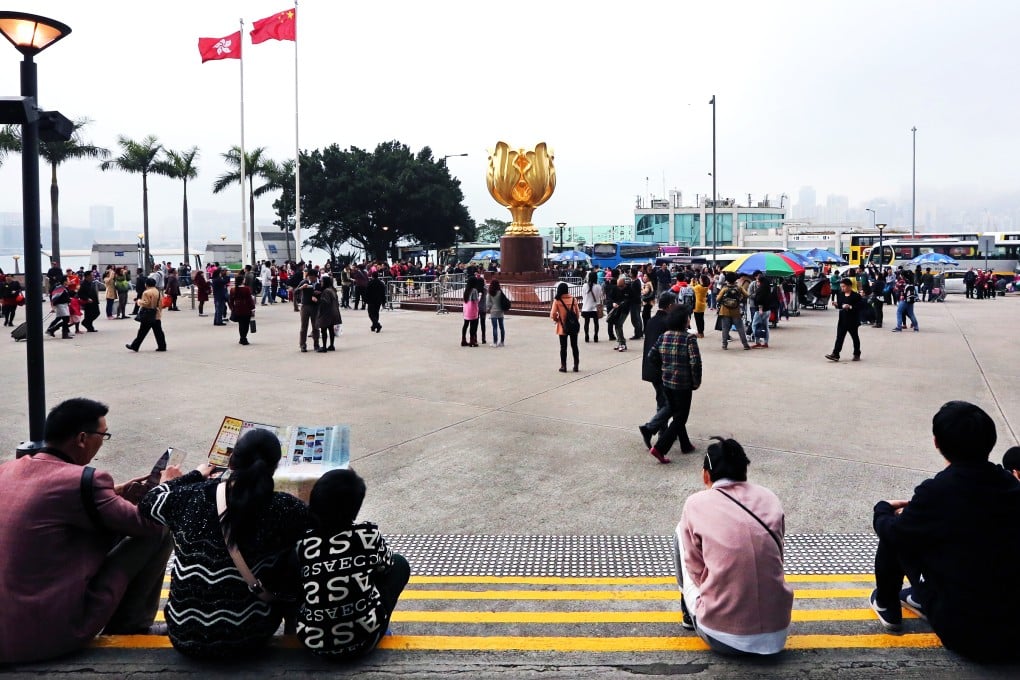#missingseats campaign in Hong Kong, city where there's no place to sit
Students launch social media campaign to highlight lack of public seating, while resourceful Hongkongers take matters into their own hands

It’s a hot, sticky afternoon in Wan Chai’s Golden Bauhinia Square, and tourists are milling around the gaudy symbol of Hong Kong’s reunification with China. After taking advantage of the photo opportunity, they are rounded up and bussed off again. It’s just as well, because there’s nowhere to sit.
The square, like much public space in Hong Kong, is devoid of seating for people to rest their legs for a moment or just sit and watch the world go by. There are no seats along scenic walkways by the waterfront, in the open areas around shopping malls, or at bus stops.

Where public seating exists, it is often narrow, uncomfortable and difficult to sit on, notes Paul Zimmerman, founder and CEO of Designing Hong Kong.
In April, students studying for a master’s in global communications at Chinese University took a non-elective course developed by Designing Hong Kong, called “Setting the Agenda through Social Media”. From a range of options, the students chose to focus on this issue, and launched a “Missing Seats” campaign.